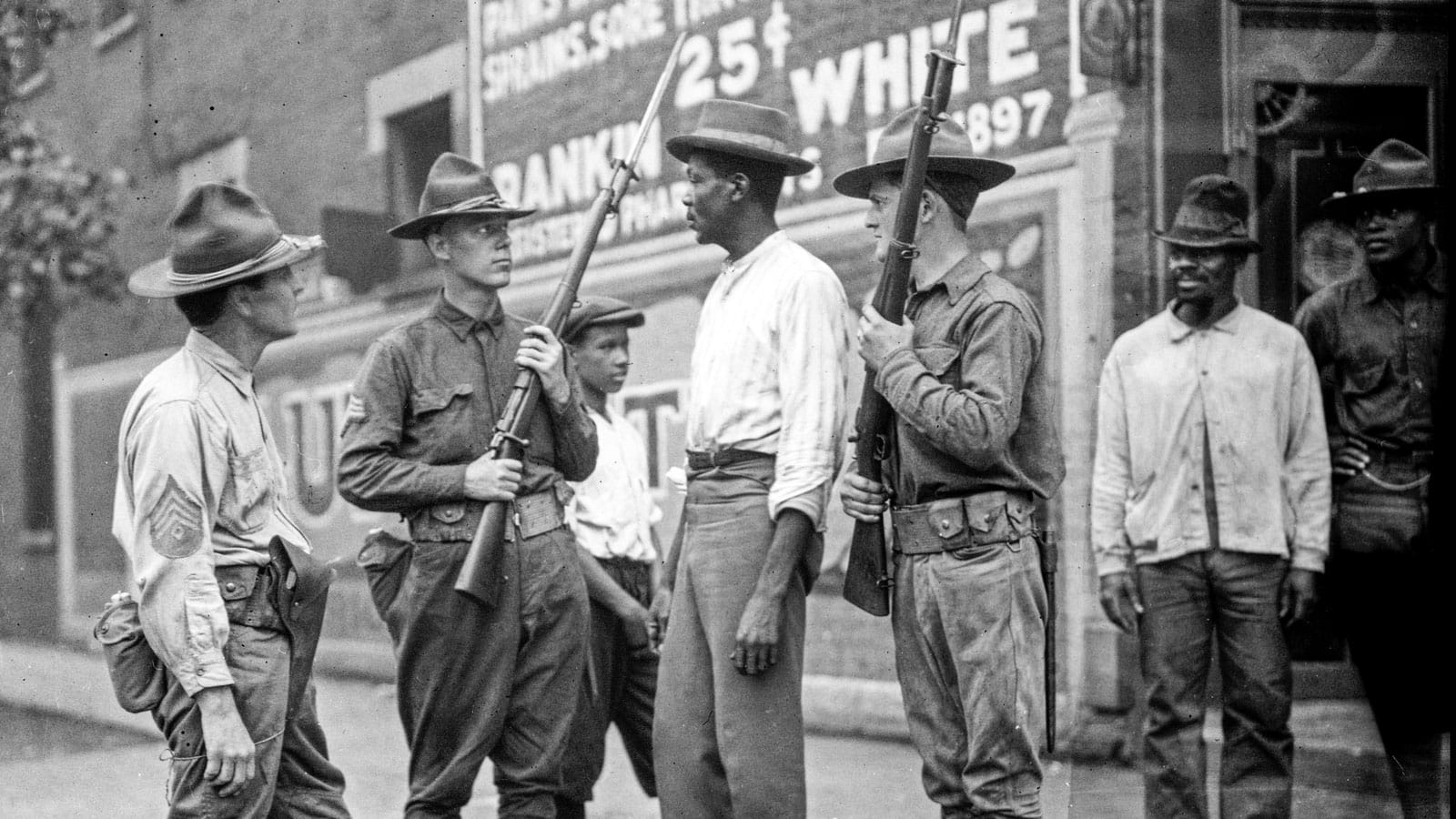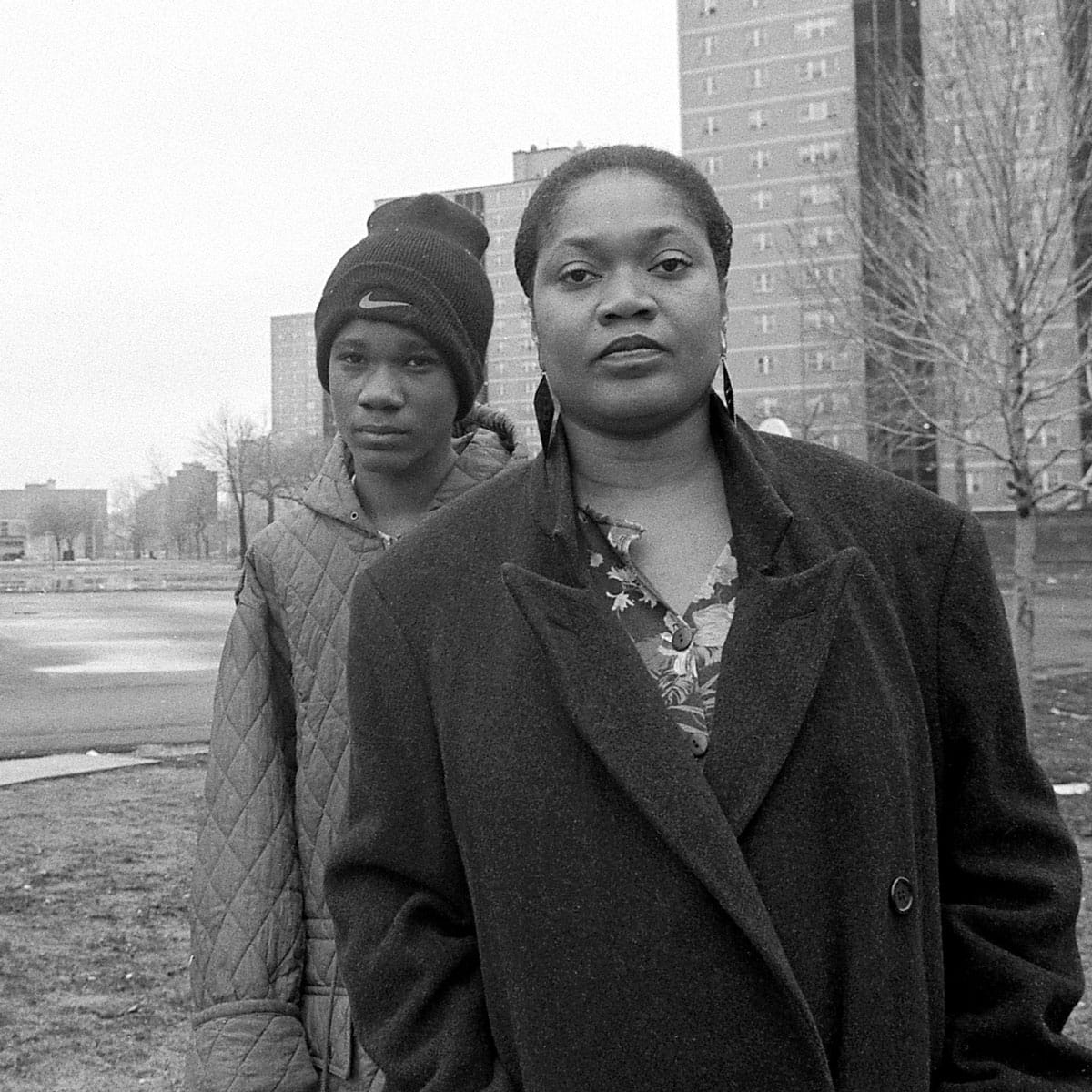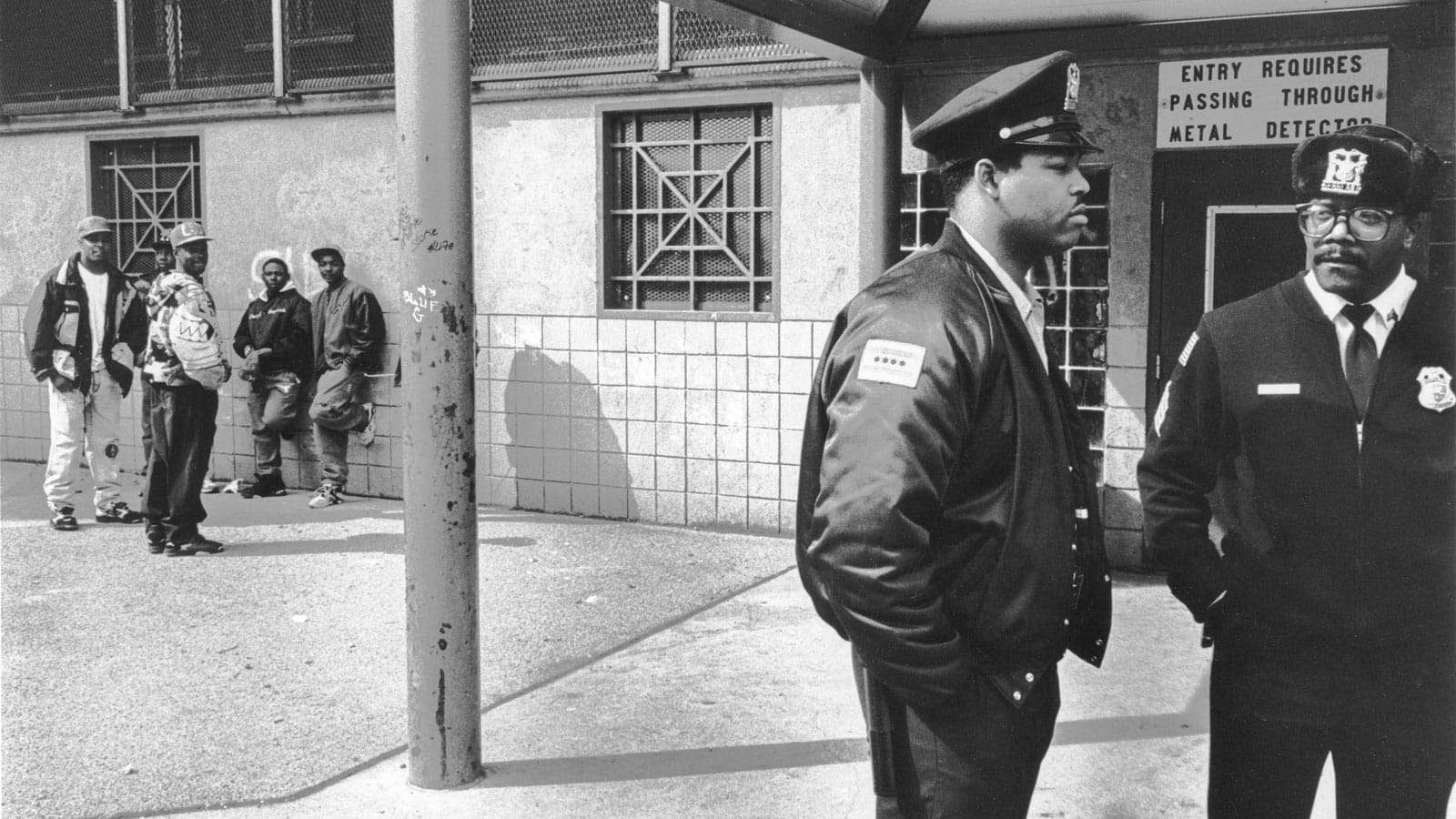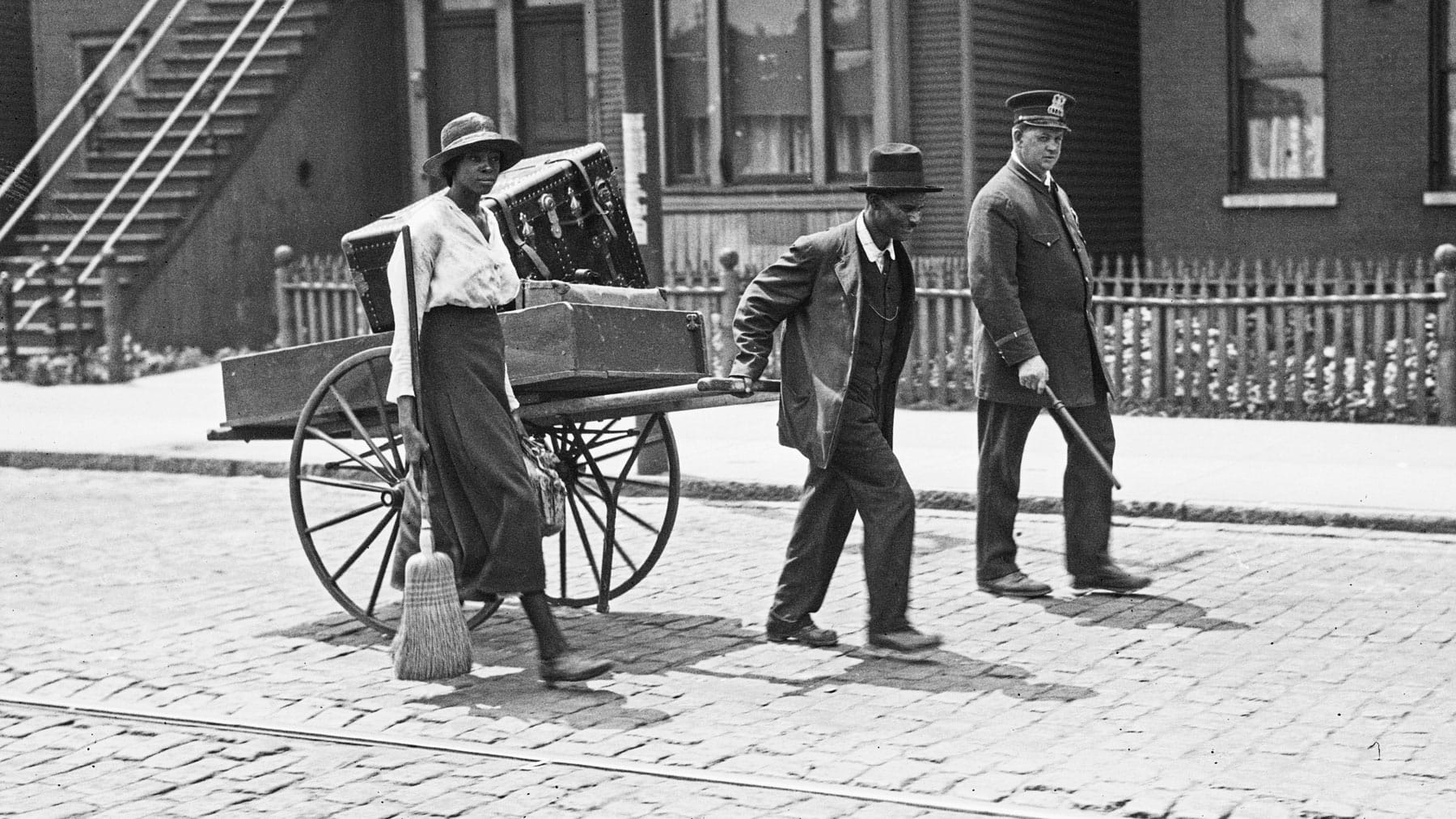Chicagoans are on edge. Two years into the pandemic and emerging from a year in which there were 836 homicides in the city, civic morale is sinking. While multiple factors are no doubt in play, fear of violent crime tops the list.
According to a recent poll conducted by the Chicago Index (a collaboration between the Daily Line and Crain’s Chicago Business) at the end of last year, only 32 percent of those polled regard the city as safe – a sharp decline since the fall of 2021 when 45 percent said they had a “feeling of safety” in their neighborhood.
This is the fourth iteration of the Chicago Index poll. Since the beginning of 2021, it has been conducted on a quarterly basis by Polco, a Wisconsin-based firm. I asked Michelle Kobayashi, Polco’s senior vice president of innovation, to put the Chicago figures in a broader perspective.
“Over the past five years,” she said, “we’ve asked the same question about perceptions of safety in surveys conducted in more than 500 cities, towns, and counties across the country. Overall, close to 80 percent of respondents say they regard their neighborhoods as safe.”
She added a caveat: big cities comparable to Chicago are underrepresented in Polco’s data. That said, among the larger cities they have surveyed, the percentage of those who perceive their neighborhoods as safe rarely falls below 50 percent.
So the Chicago figures – especially the sharp decline in residents’ sense of safety over the last few months – are significant. They make it clear that fear is now a powerful gravitational force shaping the politics and civic life of the city. That fear, it can reasonably be assumed, has been aroused by recent high-profile violent incidents in middle-class neighborhoods, among them, a spike in carjackings across the city and widely reported smash-and-grab burglaries at high-end stores. Violent crime, it appears, is spilling over into neighborhoods where, as people sometimes say, that sort of thing doesn’t happen.
The corollary to the proposition that crime doesn’t belong here is that it belongs elsewhere: it’s in the wrong place. Implicit in this logic is a geography of fear deeply grounded in Chicago history. That geography is a harsh reality in plain sight. Yet at times it can become an optical illusion in which we lose our bearings.
We are currently experiencing such perceptual instability. In the post-George Floyd moment of summer 2020, there was an extraordinary flowering of moral imagination: an expansive sense of community among fellow citizens. The pandemic had set the stage. By laying bare bedrock structural inequalities, it created the context in which millions experienced the Floyd atrocity and felt for a time that intolerable conditions affecting their fellow citizens could no longer be tolerated. As anxieties about crime intensify, that imaginative space is contracting. Will it collapse under the weight of fear? Or will it prove possible to more deeply engage the principle that all have an equal claim to be safe? The history of how hypersegregation and policing strategies co-evolved in Chicago does not answer these questions, but it does provide essential mooring for considering them.
It is widely agreed by historians that the watershed event in the development of Chicago’s distinctive mode of hypersegregation was the 1919 Race Riot. Prior to the riot, successive waves of migration from the South had swelled the so-called Black Belt, but the city was not yet rigidly segregated. Writing in the New York Times on the centennial of the riot, historian Adam Green of the University of Chicago observed that three days of race war had the effect of boldly delineating boundaries between Black and White Chicago – boundaries that would thereafter be fiercely defended. Modern Chicago was “baptized,” he wrote, “in blood.”

Armed National Guard and African American men standing on a sidewalk during the race riots in Chicago, Illinois, 1919. Photo courtesy of Chicago History Museum; Jun Fujita, photographer
The public emergency presented by the riot, Green explained in an interview, was met “by a set of very dramatic and unprecedented police decisions,” one of which was “to establish a cordon – what was called a dead zone – around the Black Belt,”
Whatever the merits of that decision in the moment, it “resulted in the first citywide example of differential policing. And that differential policing is something that is going to be instituted, that’s going to be embraced, that’s going to be understood as the code of the police rather than something that’s an anomaly.”
Over the century since the riot, the containment strategies the police adopted in response to the 1919 emergency became the norm. As Green puts it, “hypersegregation is normalized as public policy” and proves endlessly adaptive: “even when you strike down restrictive covenants, it’s very easy to use redlining, it’s very easy to use contract selling, it’s very easy to use steering.” As hypersegregation evolves and matures, so do policing policies and practices. “All of this,” observes Green, “is of a piece.”
The braiding of segregation and policing in Chicago over time is illuminated by a key chapter in that history: the era of high-rise public housing. In 2000, the city launched the Plan for Transformation and over the next decade demolished the high-rise developments and forcibly relocated residents. Those communities have been erased, but the questions they pose and the lessons they offer have never been more relevant. Late-stage high-rise public housing was the epitome of hypersegregation, and the mode of policing practiced there is the extreme case that makes starkly visible the larger phenomenon of differential policing pervasive elsewhere in less explicit forms.
The policing practices that developed in public housing — and the official narrative justifying them — had the effect of criminalizing an entire population
In the 1950s, when the city undertook to address poor housing conditions in the Black Belt, the original plan was to disperse public housing developments throughout the city. In the face of fierce aldermanic opposition, however, the administration of then-Mayor Richard J. Daley made the fateful decision to concentrate the bulk of public housing within the precise footprint of the Black Belt, thereby reinforcing rather than breaking up segregation. The result was an archipelago of public housing developments concentrated primarily on the South and West sides. By the 1990s, the so-called “South State Street corridor” of public housing was said to be the largest concentration of public housing – and poverty – in the nation.
Madeleine Hamlin, a PhD candidate at Syracuse University, is writing a history of Chicago public housing from the perspective of policing. Her thesis is that the widely perceived policy failure of public housing is better understood as a reflection of “[the] failures of modern policing.” I asked her to describe the distinctive features of the policing of the high-rise developments during the final quarter-century of their existence.
“One of the hallmarks of the policing of public housing,” she observed, “is the dynamic of residents feeling both over-policed and under-policed. Both are problematic and mean that the cops are unable to promote public safety in any meaningful way. Folks aren’t getting help when they need it. And then when the cops are there, they’re typically doing things that are detrimental or counterproductive. On top of that, you have corrupt and abusive cops who take advantage of this captive, marginalized population and in doing so, reinforce the racial and territorial stigma of the projects.”
In her interviews with officers detailed to Chicago Housing Authority developments, Hamlin has found they almost invariably describe the developments as “a different world,” “a different planet,” or “a city within the city.”
This sense of the CHA as a world apart was manifest in strategies of policing as containment that recall the “dead zone” cordon around the old Black Belt. The mission was to contain the population not for their own protection but in the interest of those outside the community.
“There is this sense that a different set of rules apply at [the] CHA,” she said. “That because you have this marginalized population all in one place, there are things the police can get away with there that they wouldn't get away with in more affluent, whiter communities in the city.”
A range of extra-constitutional measures were adopted as policy and implemented in public housing. Beginning in the late 1980s, residents were repeatedly subjected to “sweeps” by the police and other law enforcement agencies in the course of which hundreds of officers would descend on a building and conduct warrantless searches of every apartment. Portraying the raids as emergency measures required to curb gang and drug activity, the city as landlord claimed the power to invade residents’ homes without a warrant. Courts ultimately rejected that claim.
The reality on the ground, however, according to Hamlin, remained that “the residents are simply not afforded the same constitutional rights to privacy and freedom from unreasonable search and seizure that other residents of the city are.”
My own experience – I spent more than a decade working in and reporting from public housing on the South Side – supports that conclusion. It was an open secret that high-rise public housing was allowed to function as a vice zone in order to keep the open sale of narcotics contained. At the same time, it was a major battlefield in the “war on drugs.” The shadow play of narcotics enforcement thus served as a tool of social control – anyone on the grounds of a public housing development could be stopped at any time, anyone’s home could be searched, any door could be broken down. There was no sanctuary.

Pat Evans and her son Arthur were some of the first residents evicted at Stateway Gardens under the One Strike policy Photo courtesy of Patricia Evans
Another policy aggressively pursued by the CHA, acting in concert with the Chicago Police Department, is the One Strike eviction policy under which arrest for a drug-related crime is the basis for eviction of all those living in the unit with which the arrested individual was associated. This policy, which was unanimously upheld by the U.S. Supreme Court in 1998, is another instance of the vulnerability of public housing families to intrusion by law enforcement.
Under the One Strike policy, a leaseholder – a grandmother, say, the matriarch of a large family that lives with her – is held vicariously liable and can be evicted for the alleged criminal activity of her grandson, who has been charged but not convicted of a drug crime. The only way she can cure her situation – disposition of her grandson’s case without a conviction is not in itself sufficient – is to enter into an agreed-upon order that has the effect of barring her grandson from the grounds of the development, making him a trespasser if he comes home.
As a result of her research, Hamlin has concluded that public housing wasn’t “intended to be a mechanism to police poor Black Chicagoans, but that is what it ultimately became.”
Moreover, the policing practices that developed in public housing – and the official narrative justifying them – had the effect of criminalizing an entire population. Public policy thus produced a frightening Other stigmatized as dangerous, antisocial, and ungovernable. This, in turn, facilitated the displacement of public housing residents from their homes and the destruction of their communities. It also conferred virtual impunity on abusive officers, for their victims were presumed criminal and hence not credible when they sought redress.

Chicago Housing Authority police standing outside the Robert Taylor Homes before they were demolished. Photo courtesy of Patricia Evans
When the city demolished the high-rise developments, it appears that it also erased their histories, for this body of experience – an invaluable resource for diagnosing the pathologies of contemporary policing – simply does not figure in the discourse about police reform.
The one exception is the so-called Watts scandal: the crimes of former CPD Sergeant Ronald Watts and officers under his command, who preyed upon the residents of the Ida B. Wells and Harold Ickes developments in Bronzeville for more than a decade. Since I broke that story in 2016, there have been more than 150 exonerations of individuals framed on drug charges by Watts and his team; nineteen additional petitions for exoneration are pending. Although the case gets occasional public attention when there is a new batch of exonerations, it continues to be seen as a discreet instance of police corruption rather than as a human rights disaster that took place in vulnerable communities located in the center of the city and was enabled by policies, practices, and forms of institutional complicity that persist.
If noted at all, the policing of public housing is treated as sui generis, an anomaly, rather than the prototype of differential policing. The paradox of communities simultaneously over-policed and abandoned by law enforcement; the practice of policing as containment; the “war on drugs” as a means of social control; and the vulnerability of low-income Black communities, families, and individuals to intrusive measures that constitute a de facto apartheid system in which the Constitution means different things in different neighborhoods – these remain defining features of the prevailing model of policing in the segregated city as documented by the reports of the Police Accountability Task Force and the Department of Justice in the aftermath of the police murder of Laquan McDonald.
One of the reform measures implemented on the basis of those reports was the creation of the Public Safety Section of the Office of the Inspector General of Chicago. Its mission is to monitor the performance of the CPD, the Civilian Office of Police Accountability, and the Police Board, and to make relevant information public, which it does through its information portal. For the past four years, Inspector General Joseph Ferguson oversaw the operation of this unit until he stepped down at the end of his term in October 2021.
In an interview, Ferguson noted that approximately 50 percent of CPD officers live in five wards of the city. “These neighborhoods are overwhelmingly White and have a distinctly suburban feel. They are home to multi-generational police and fire department families. To grow up in such a place is to be shaped by a particular sense of community.”
Imagine, he suggested, a young person for whom this community is home – the third generation in a police family – who signs up and goes to the police academy. “Upon graduation, he gets dropped into the second watch in Englewood. It doesn't look to him like community as he knows it. It looks like a war zone. And the mode of policing into which he is socialized reinforces the sense that the role of the police is to be, in effect, an occupying force. Those who live in this war zone are by definition devalued people.”
Ferguson is quick to add that “it’s not the fault of the police alone” that we created and maintain these conditions as a society, then leave the police to contend with them.
“Look,” he said, “there is one heat map of the city on which it is possible to layer every conceivable measure of abandonment and exclusion. They all align.”
Our inability to acknowledge this fundamental reality and to hold it in focus has blocked us from making progress on police reform and much else, according to Ferguson.
“If slavery is the original sin of the nation,” he said, “segregation is the original sin of this city.”
The question now is whether we can as a city escape the gravitational pull of our history and work equitably to ensure the safety of all residents. Fear of violent crime arises from our emotional cores and is animated by our deepest concerns for the safety of those closest to us. It can also induce a sort of tunnel vision – a hyper-clarity that is the product of what is not seen.
The challenge is to aggressively address the realities of violent crime while remaining aware of the dangers that arise from the fear of violence in a segregated society. It is telling that in the recent collection The 1619 Project, produced by the New York Times, the essay written by Leslie and Michelle Alexander dealing the role of law enforcement in the history of racial oppression since slavery is titled, simply, “Fear.”
Jamie Kalven is a writer and human rights activist. He is the founder of the Invisible Institute. Among the awards he has received are the 2015 Polk Award for Local Reporting, the 2016 Ridenhour Courage Prize, and the 2017 Hillman Prize for Web Journalism.


